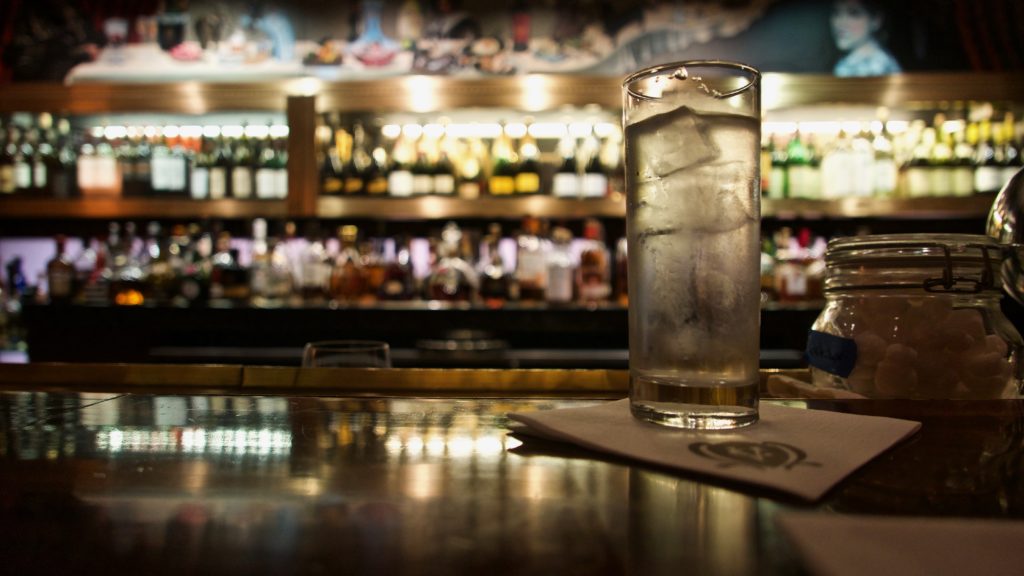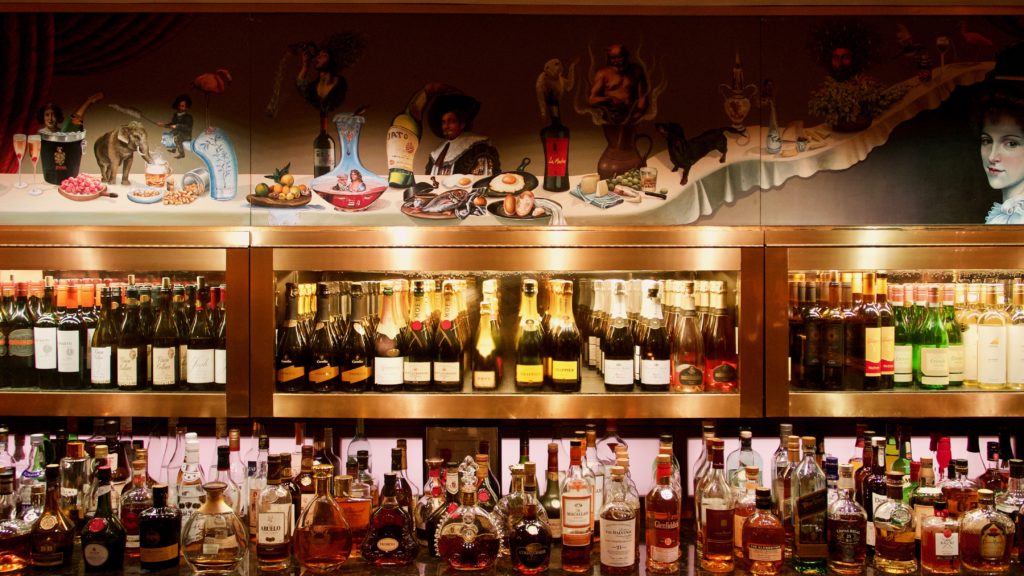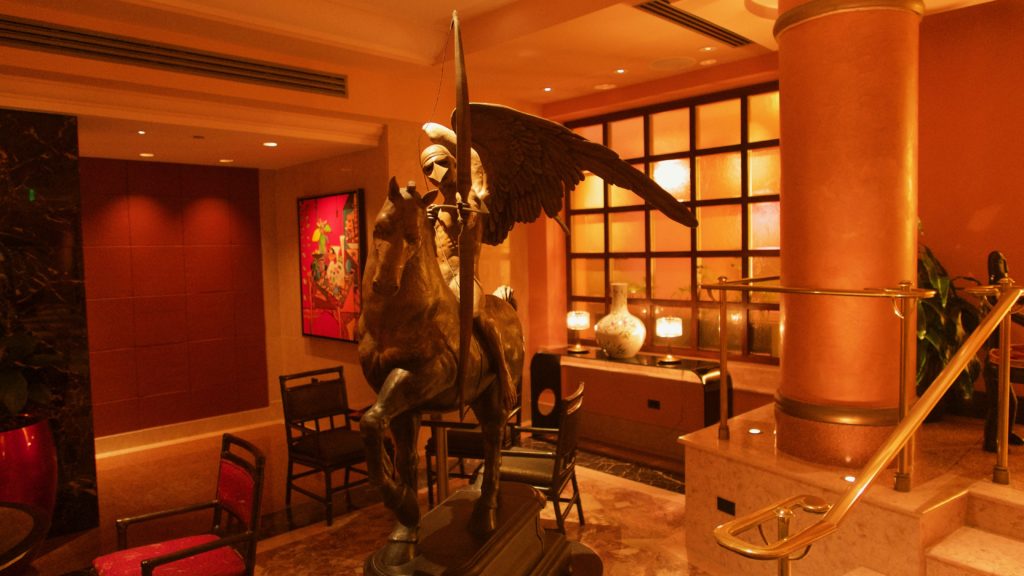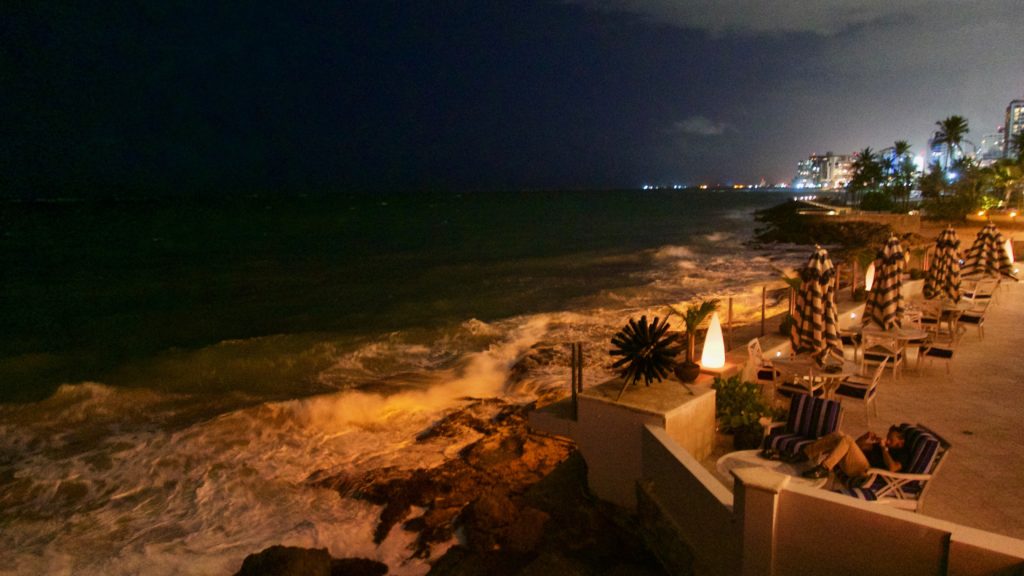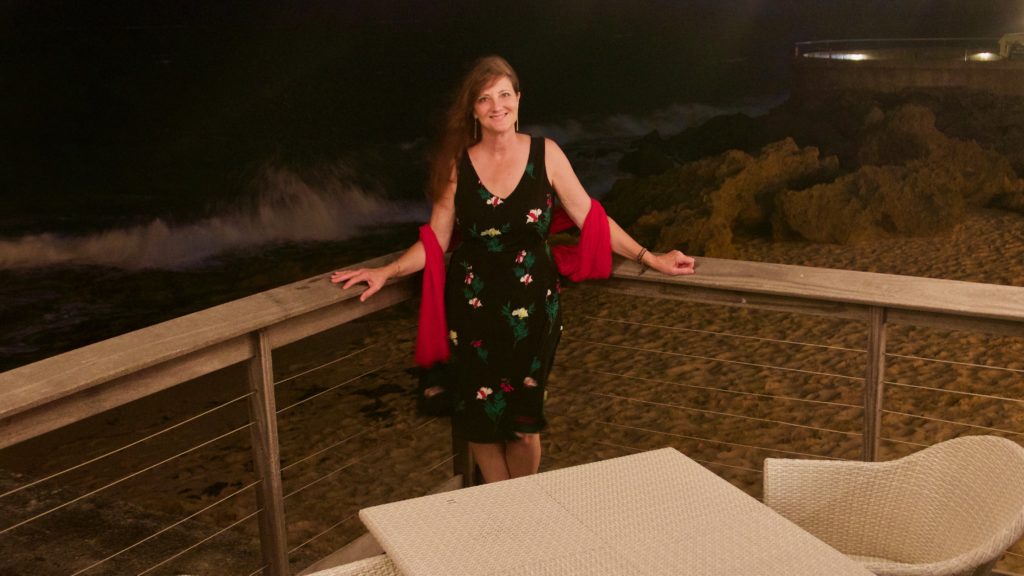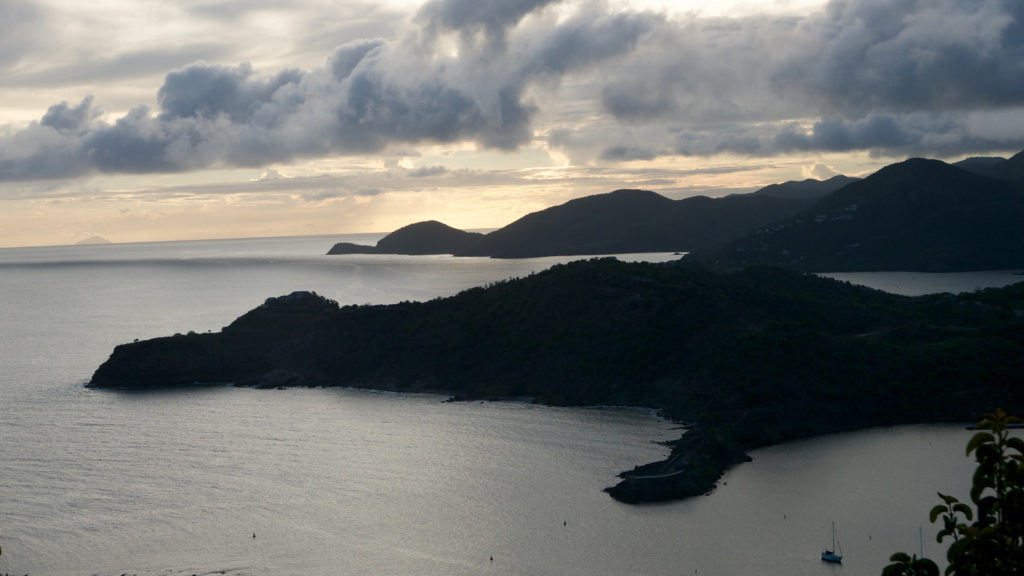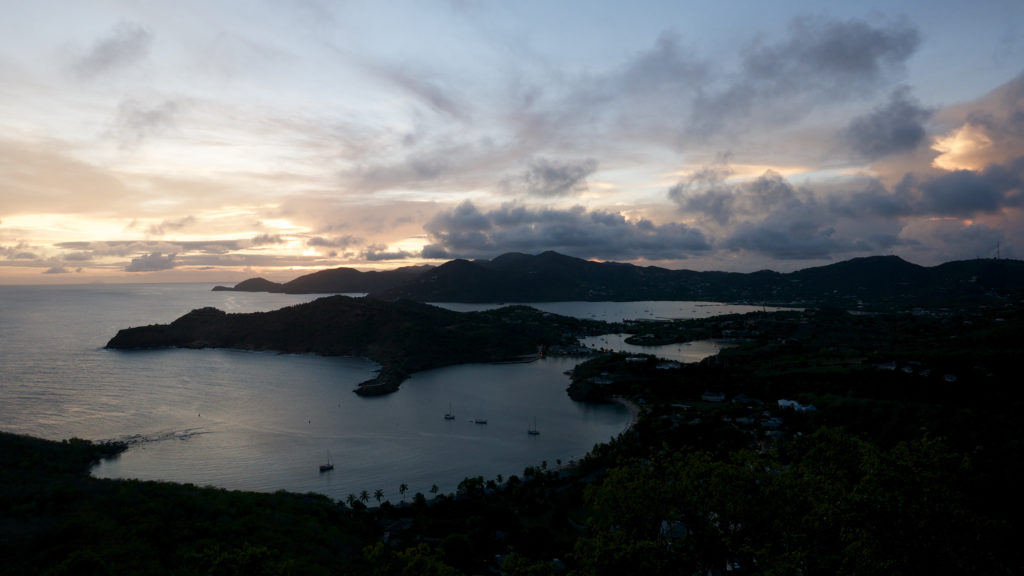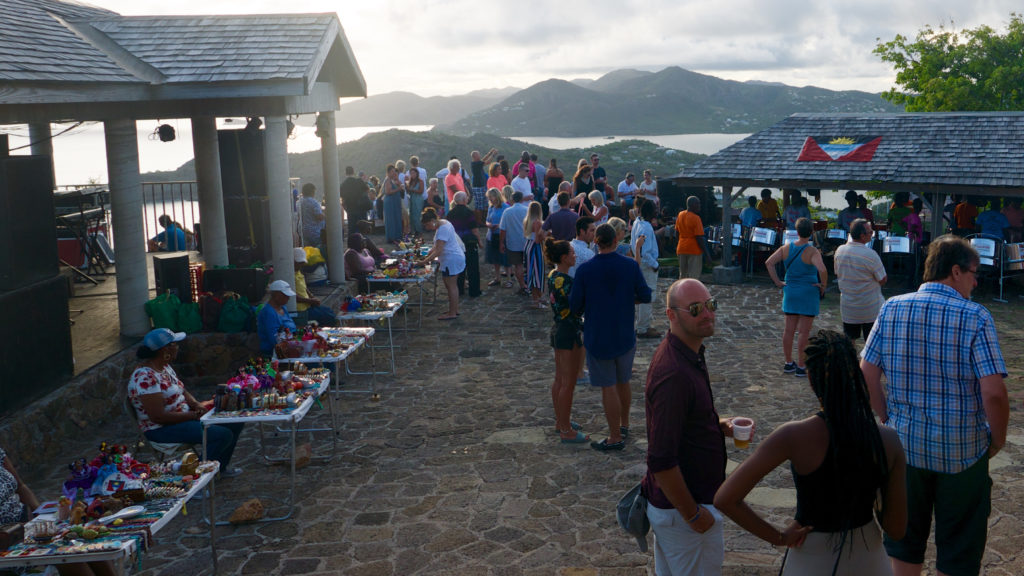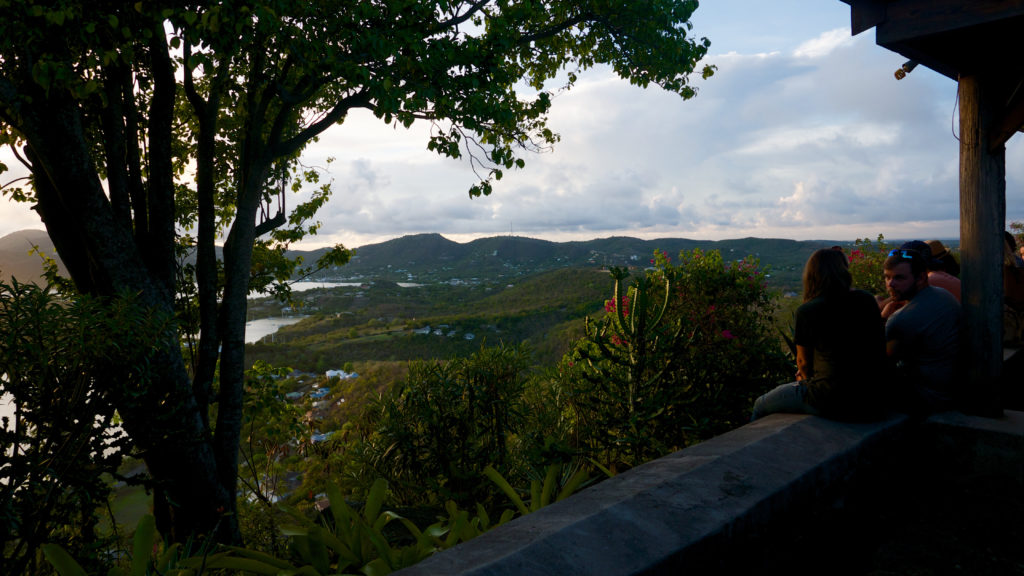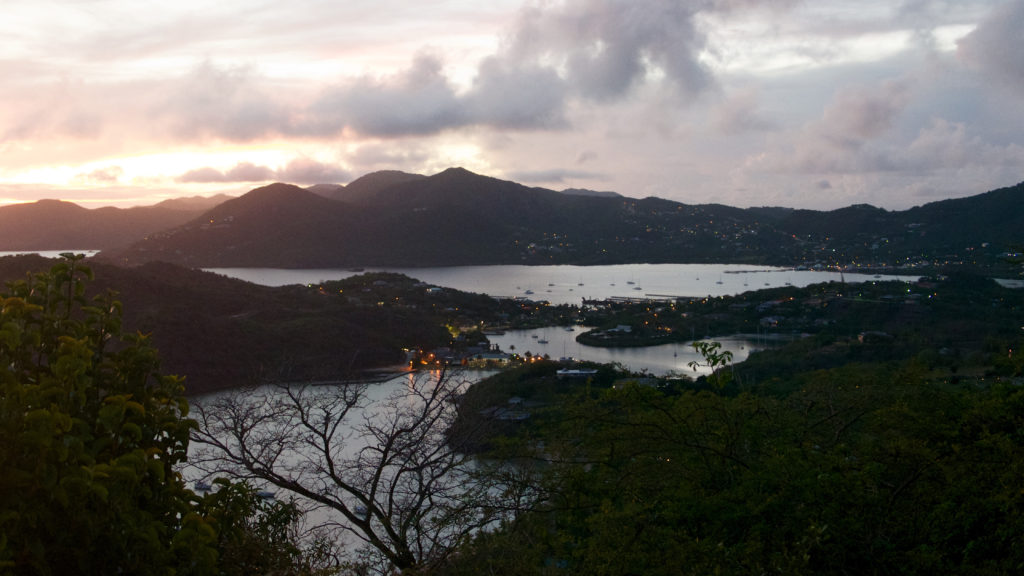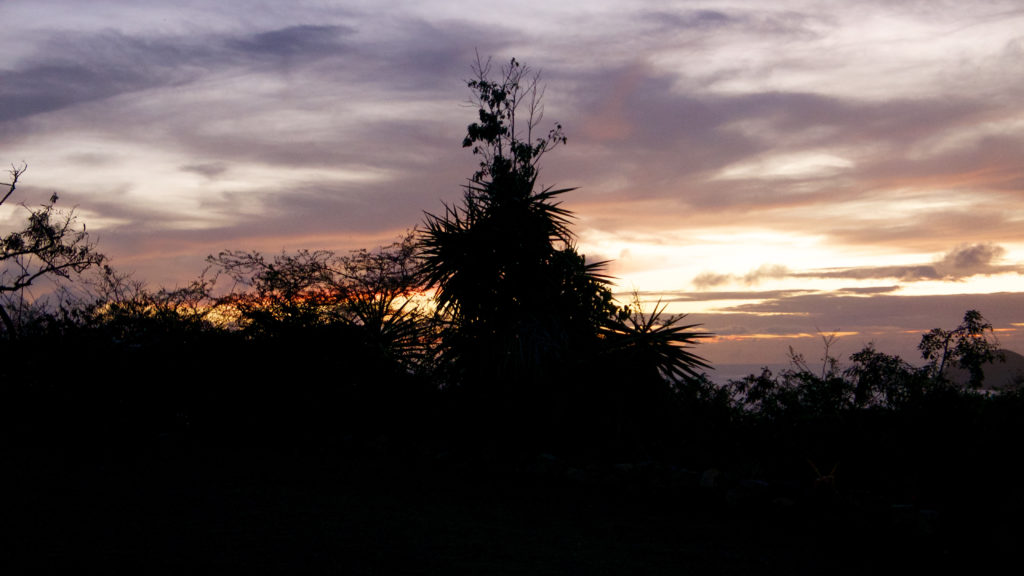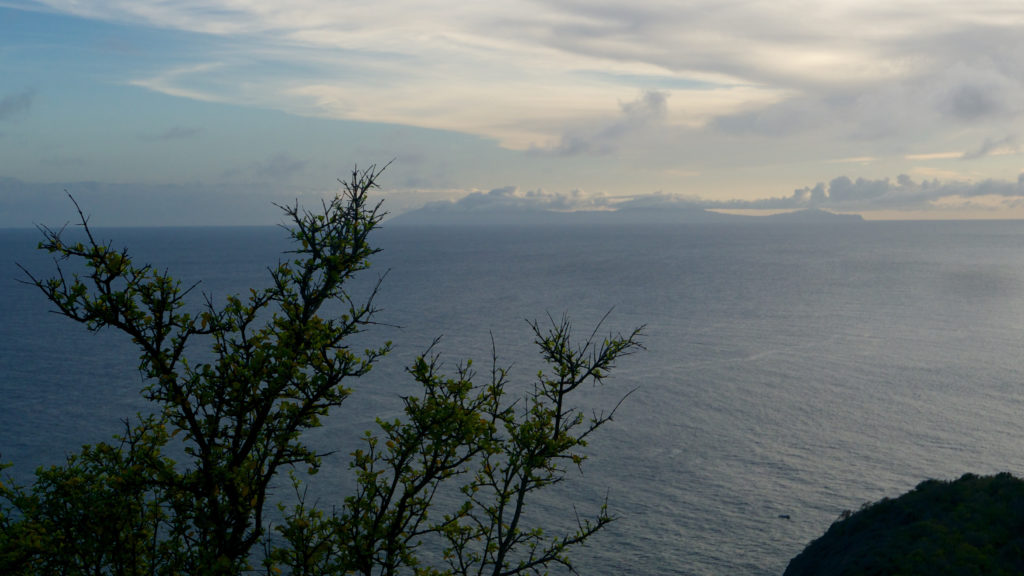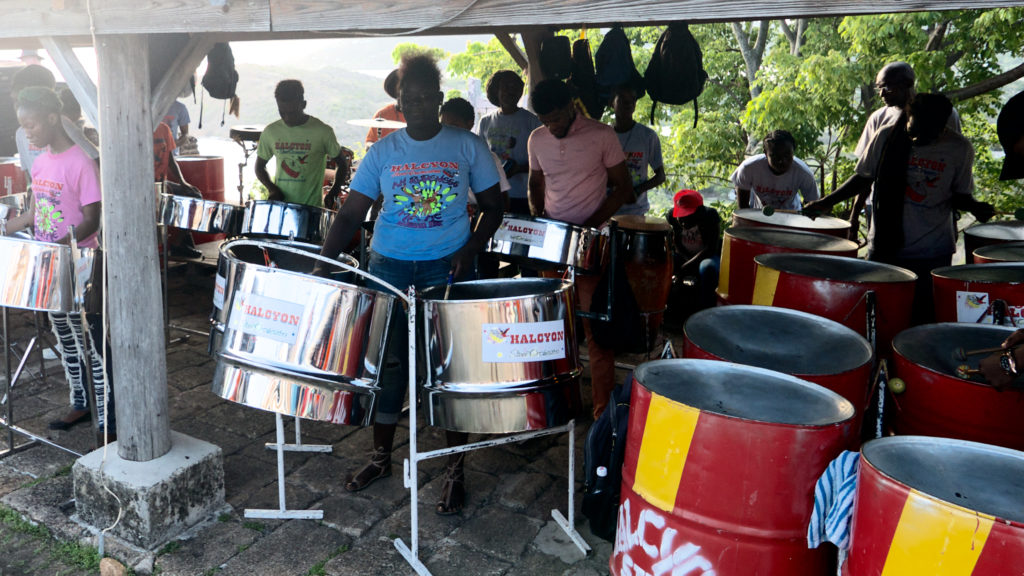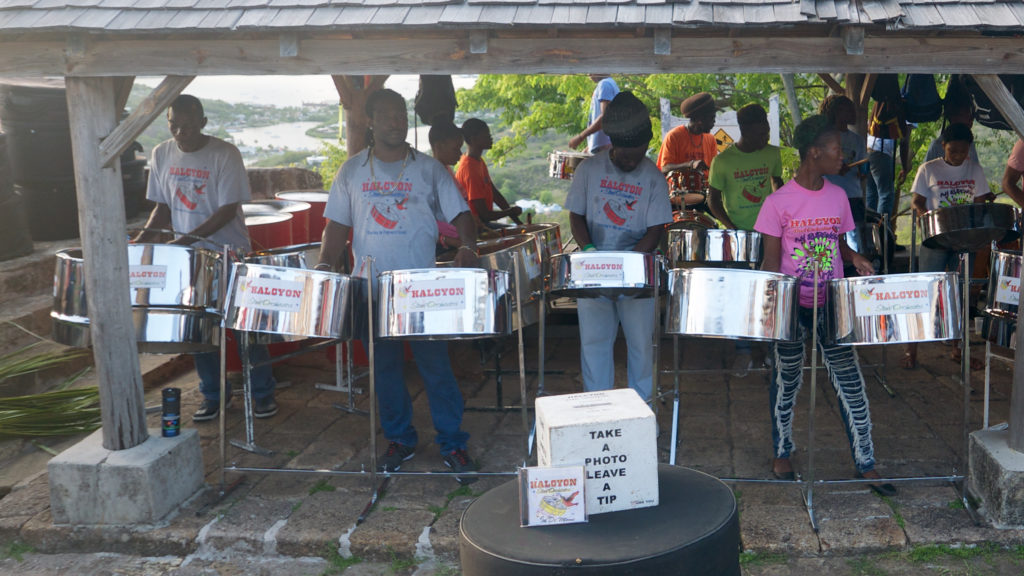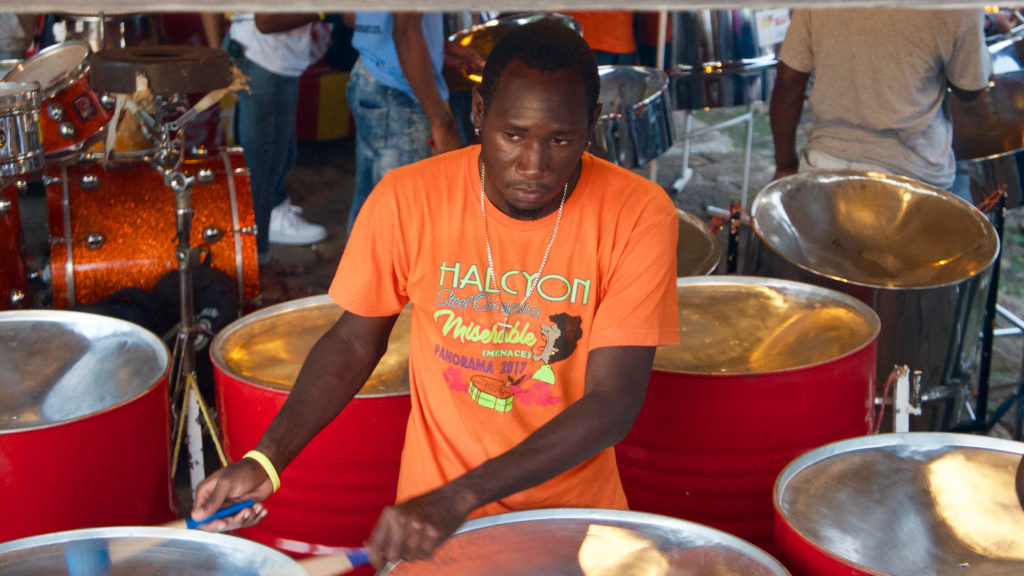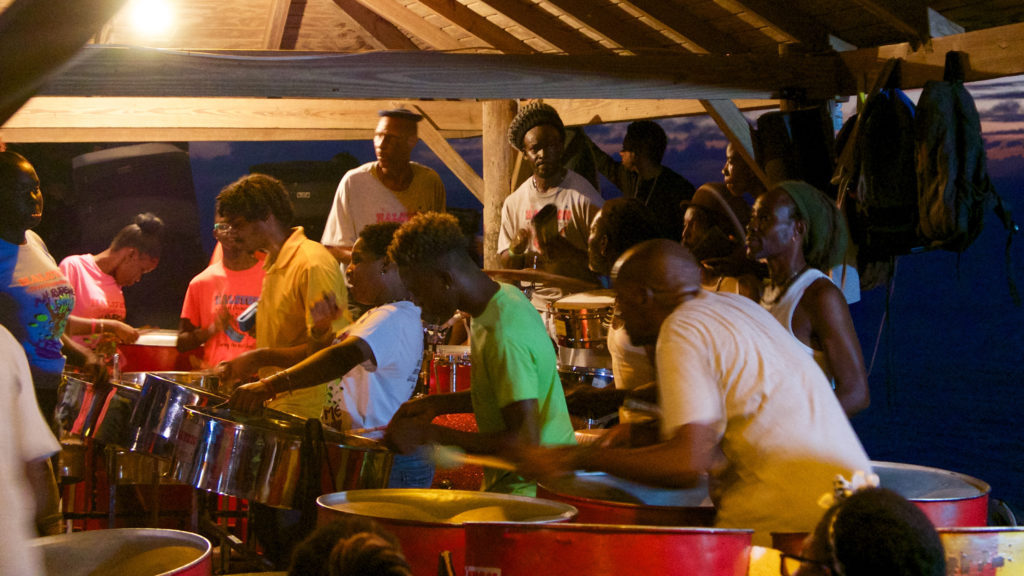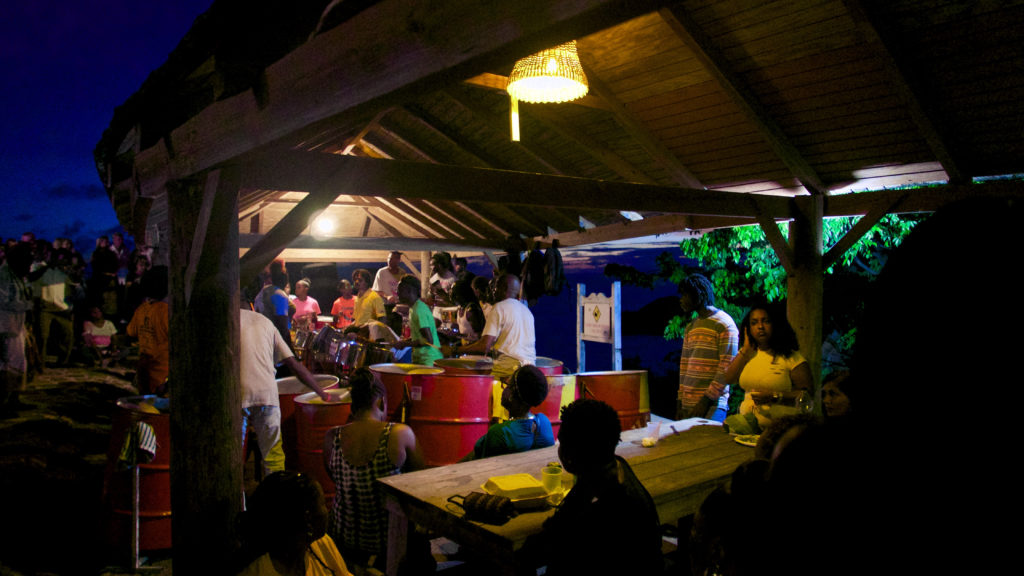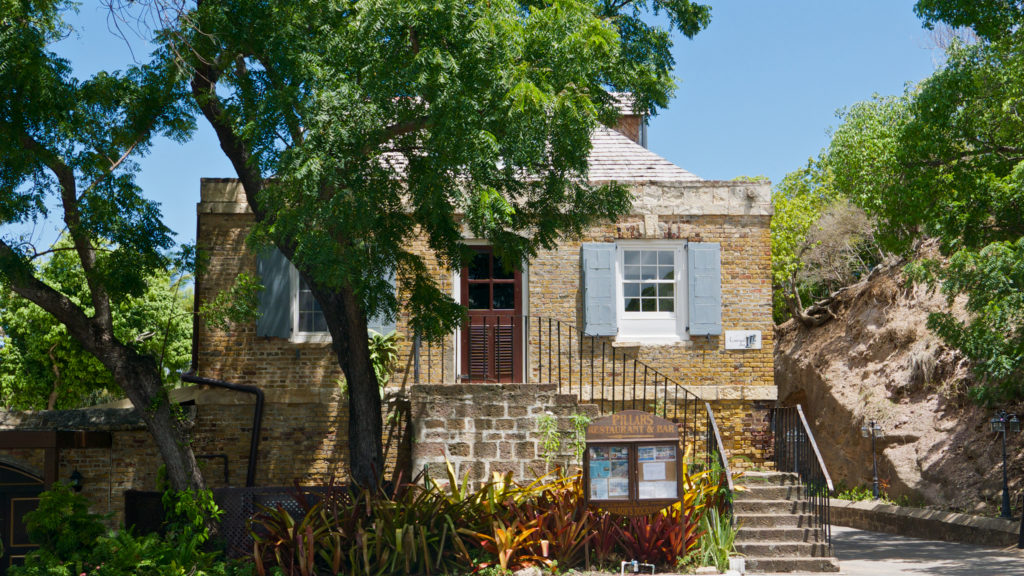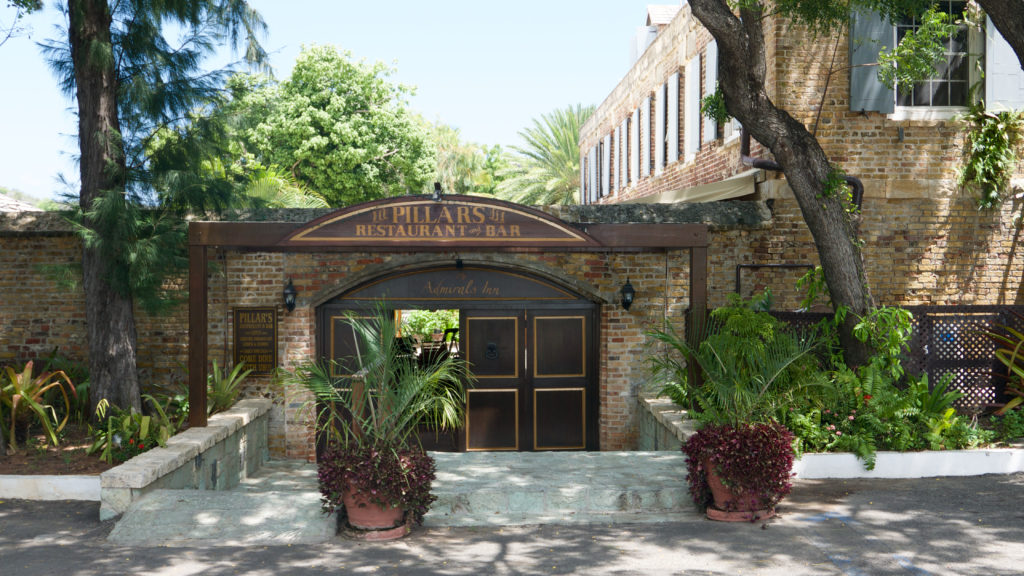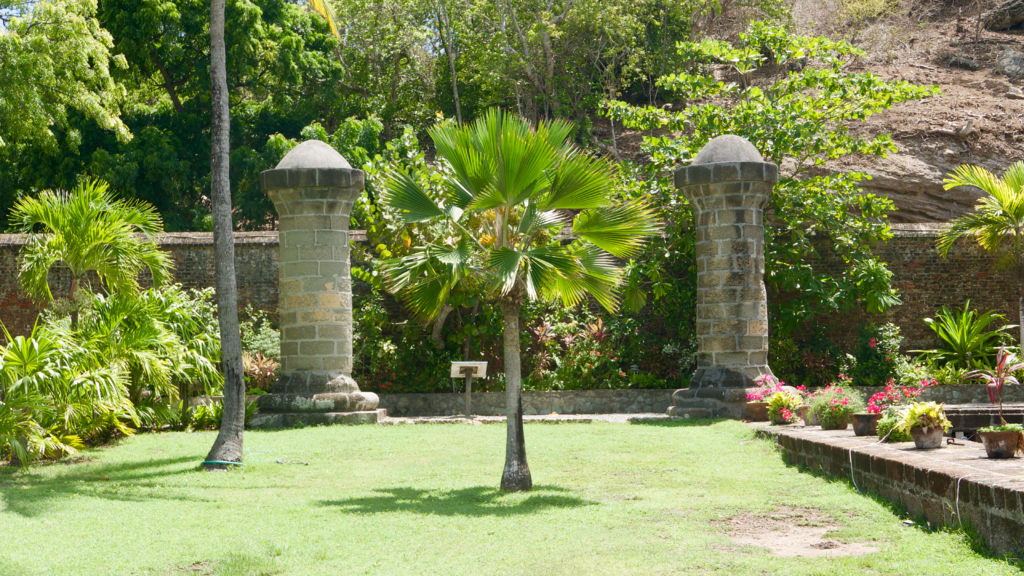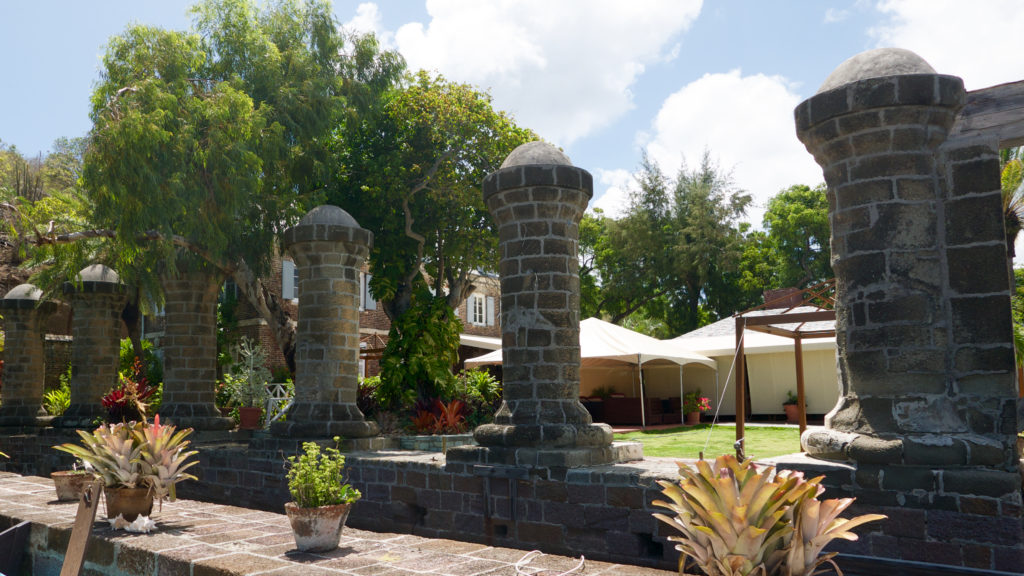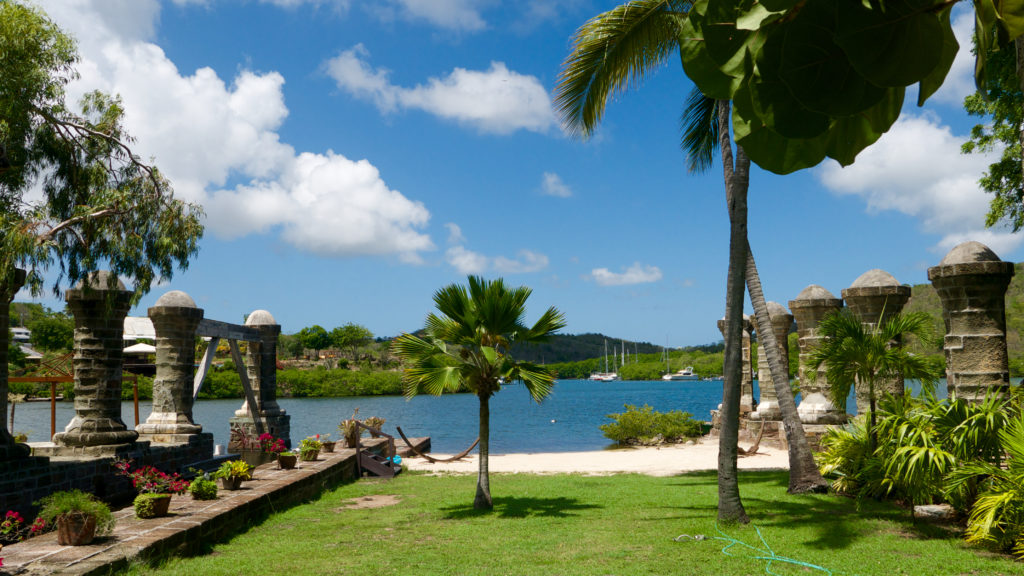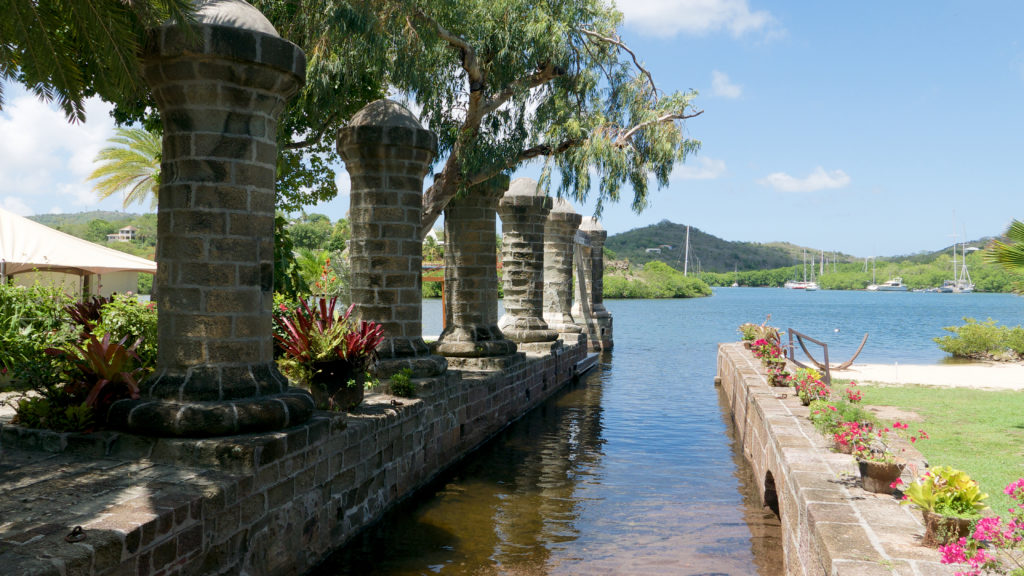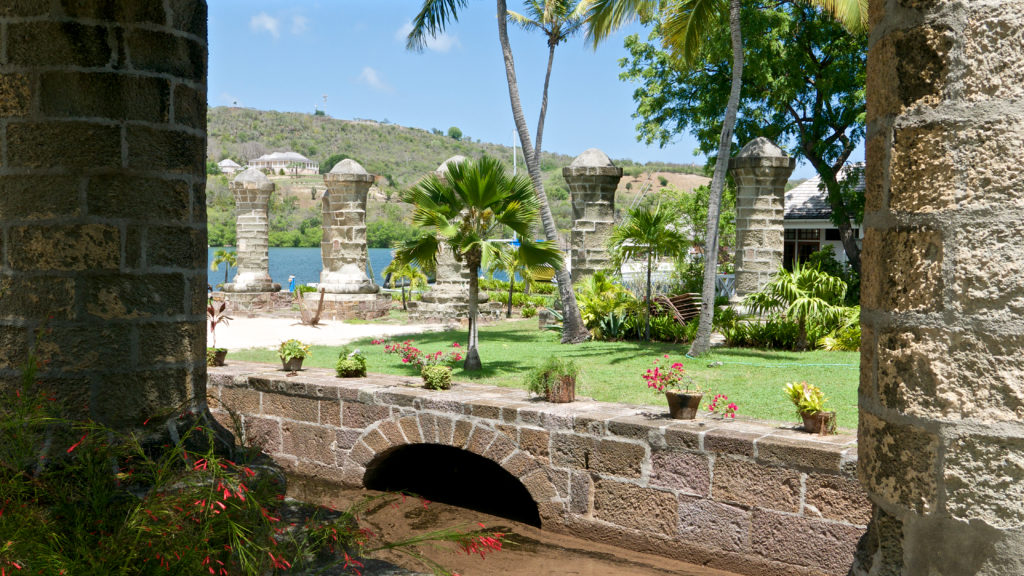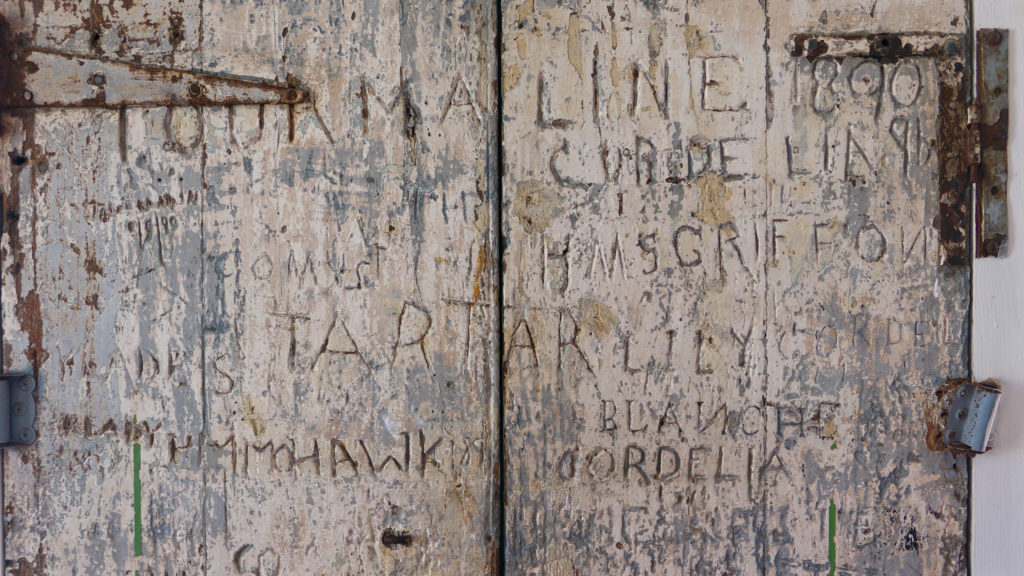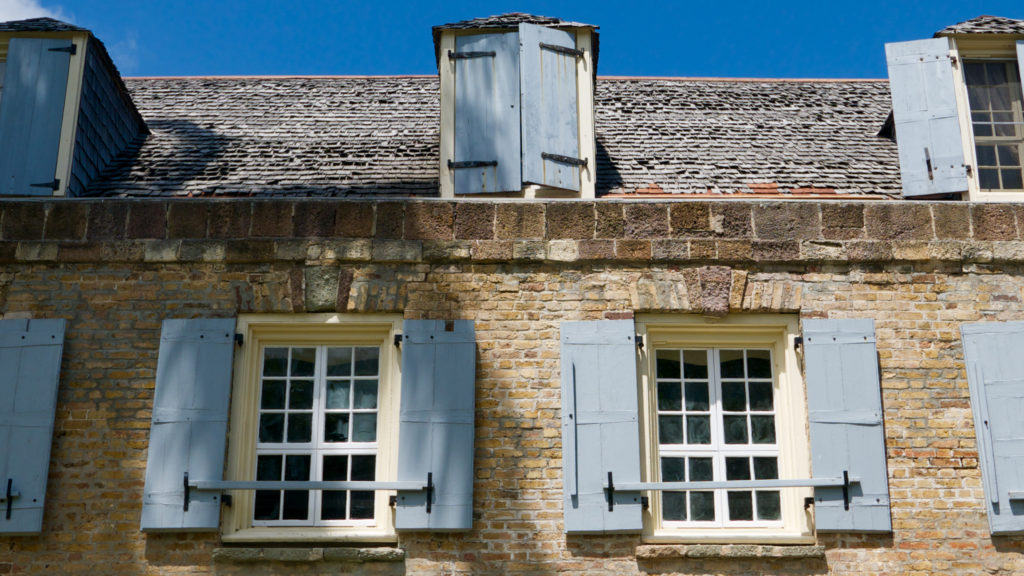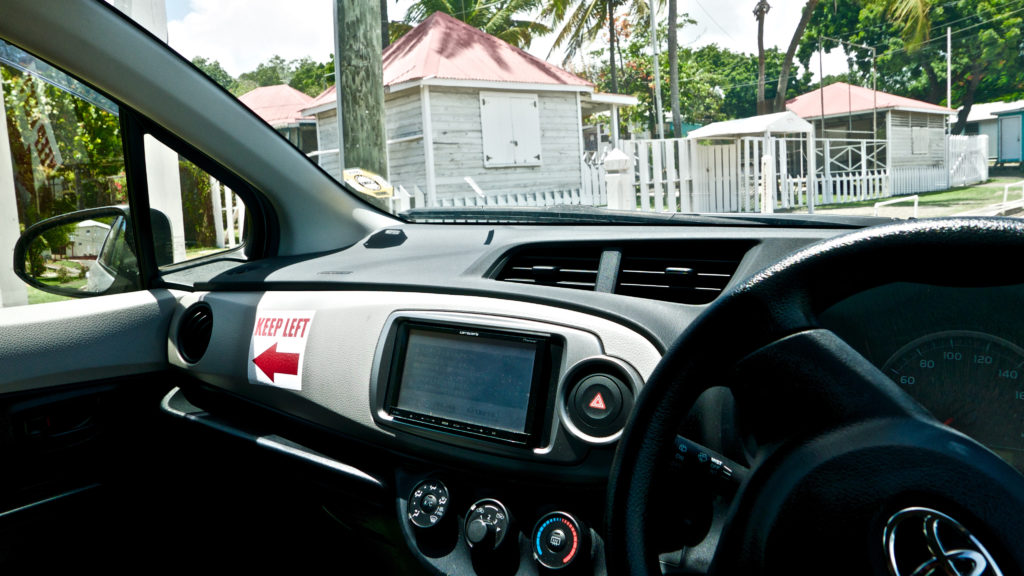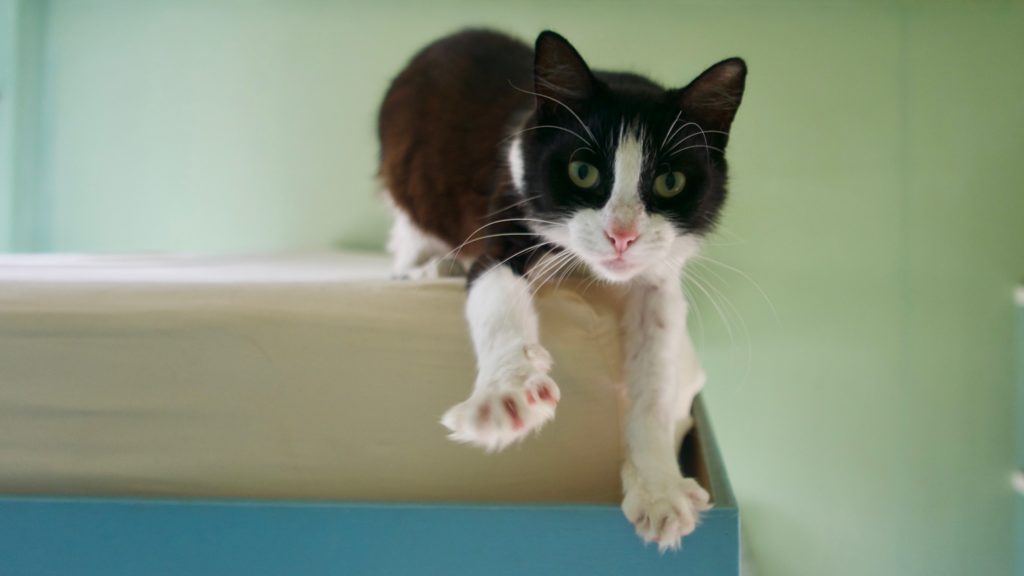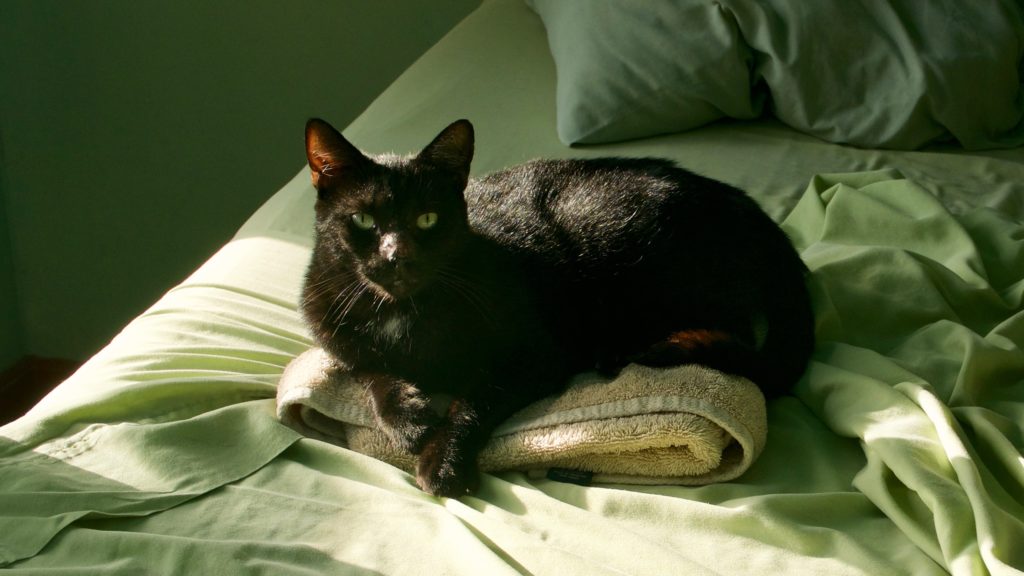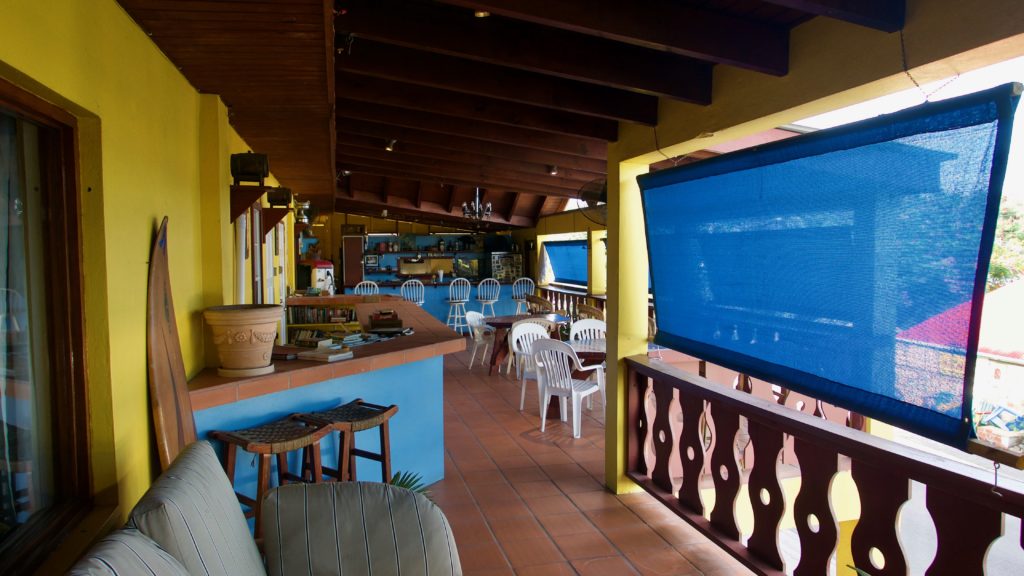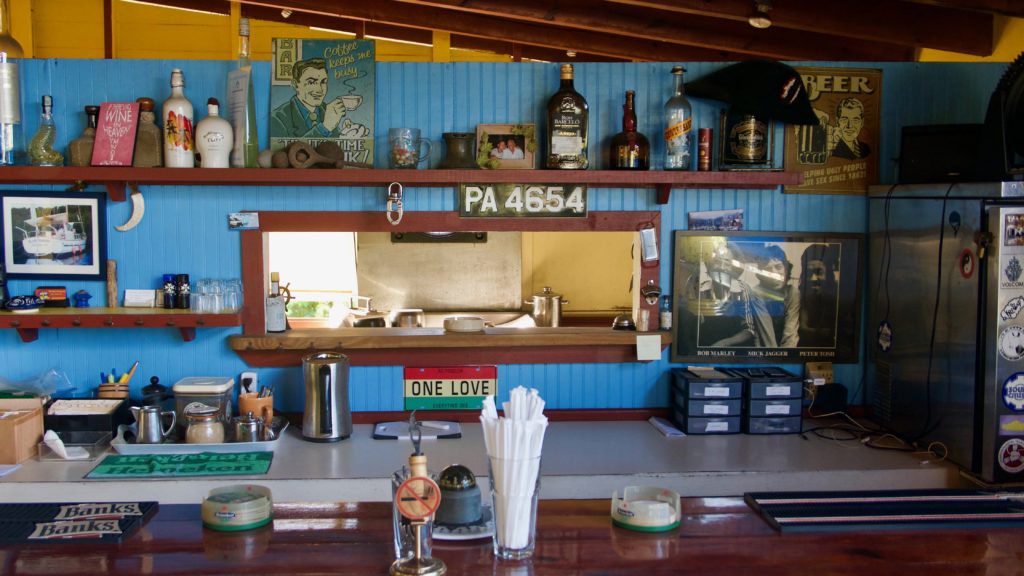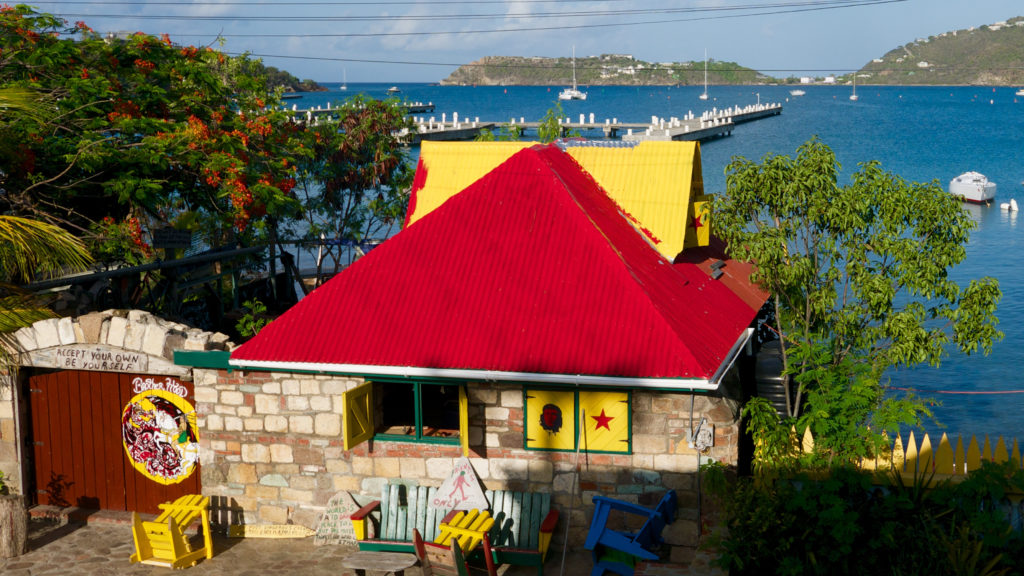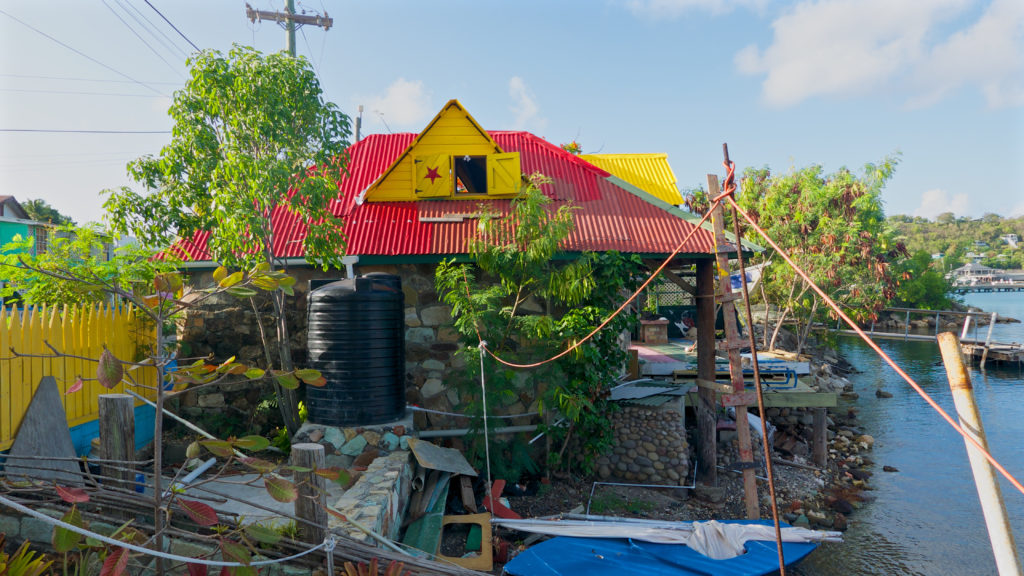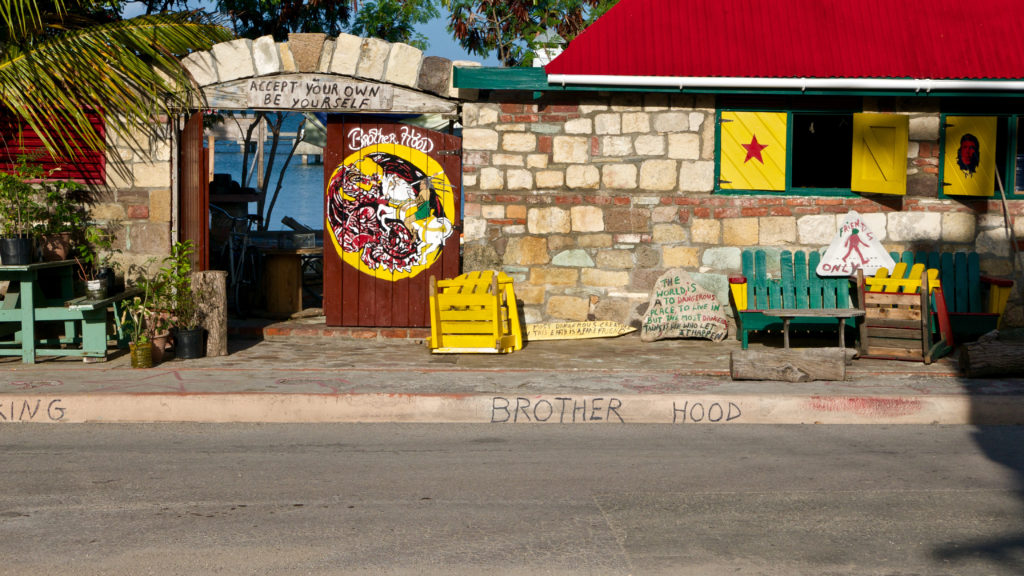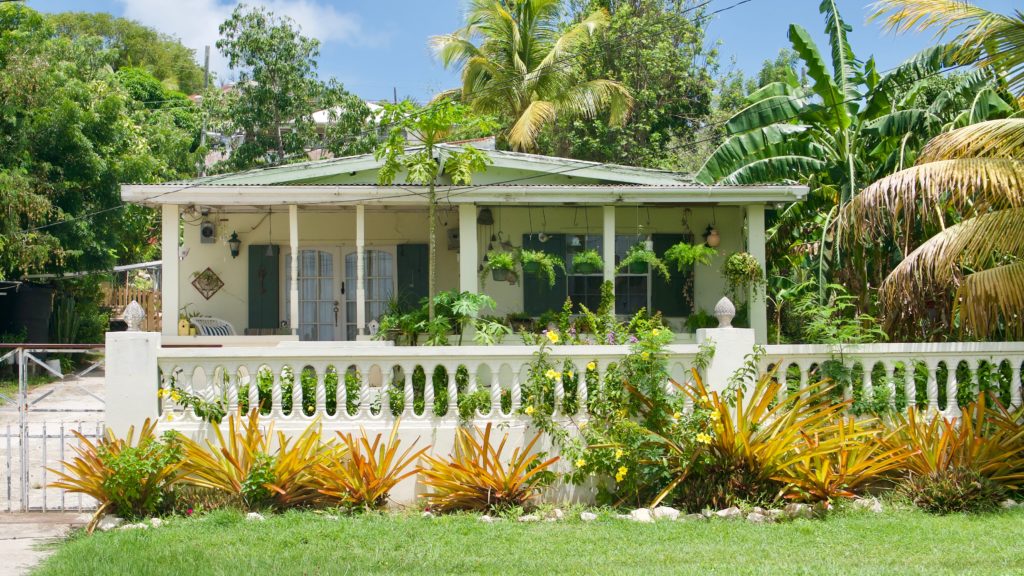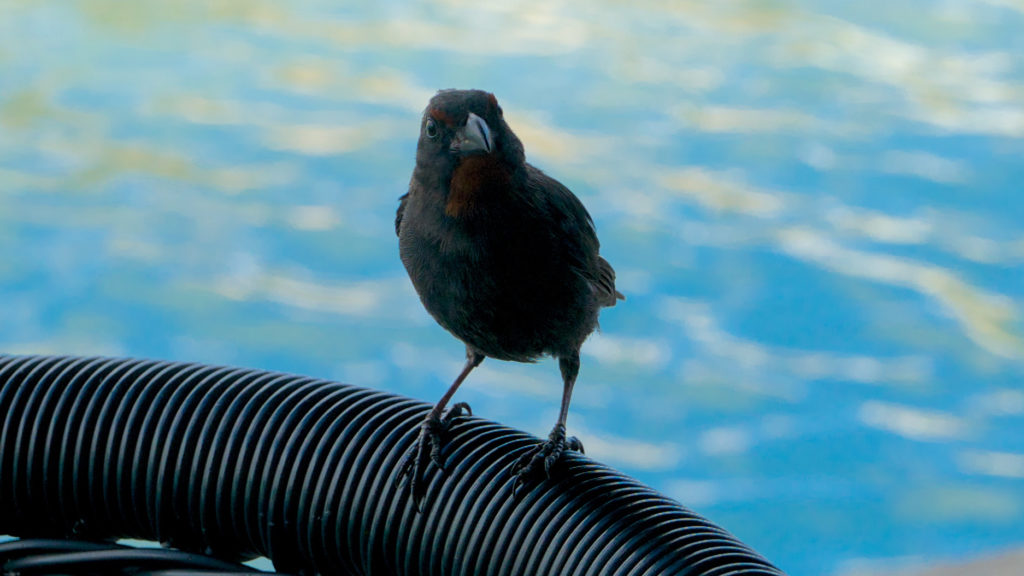The road from Condado to Old San Juan rises near the edge of a steep cliff. You can follow the road the be among the tourists and the swells and the middle class people who make the old city their home. Or you can follow one of the walkways down to the bottom of the cliff and find yourself in the much poorer neighborhood of La Perla, a strip of tightly spaced ramshackle houses that were made famous recently as the setting for major portions of the Despacito video. This arrangement vividly illustrates the observation that the world around, the rich people live up high and the poor people live down low.
The wall these murals are on is a divides La Perla from Old San Juan. It’s an excellent spot to call attention to economic and political injustice. Which is what the Students of the School of Plastic Arts in Resistance did in creating these murals. Some of them refer, directly or indirectly, to the fiscal control board (locally referred to as The Junta) that controls the Puerto Rican government’s purse. Others allude more generally to the island’s colonial status.
This first one reads, “But Mr. Official, it’s just a wall. Why are walls so dangerous?” “Because walls speak when justice is silent and the media lies.”
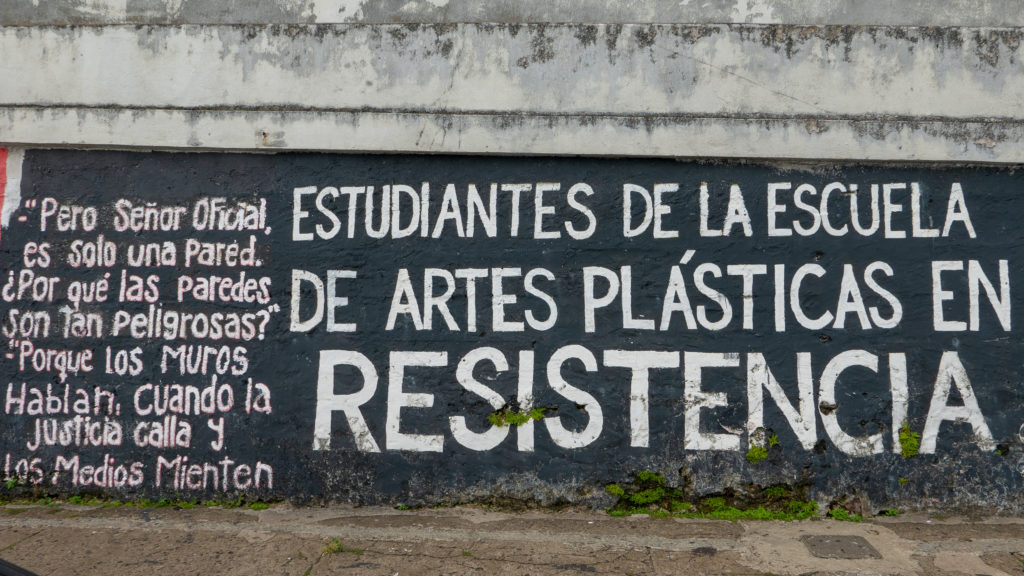
Below: “We don’t understand this ‘democracy.'”
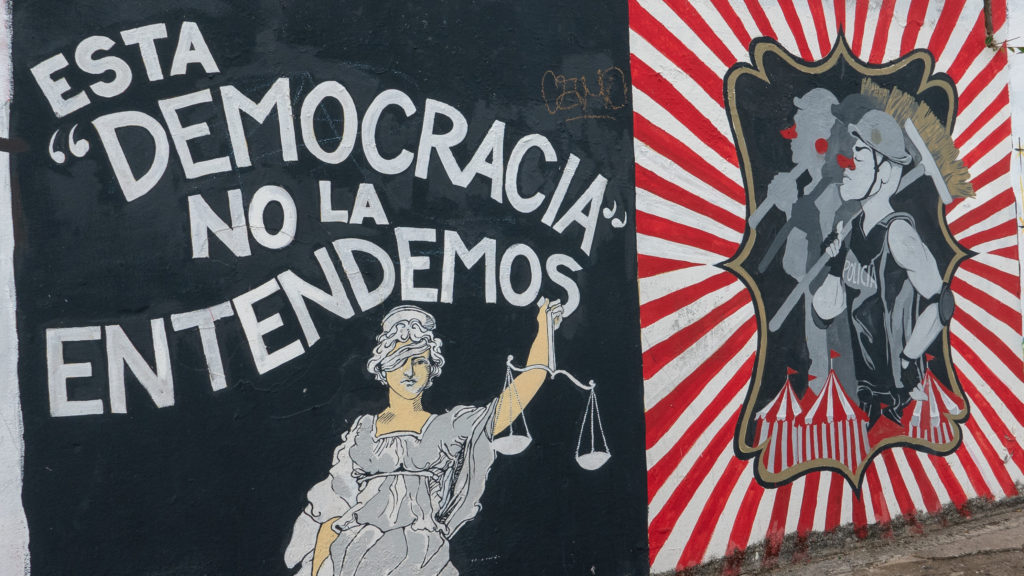
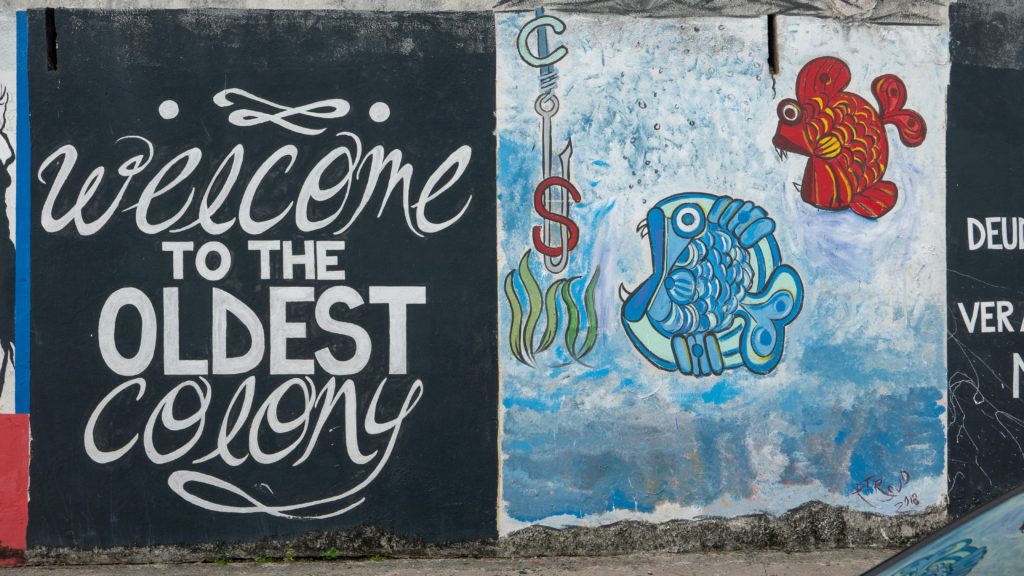
Left: “We record our dead: 4645” Right: “PROMESA (the fiscal control board appointed by the federal government that now runs Puerto Rico’s economic affairs) is POVERTY!” (This rhymes in Spanish.)

“Do the work, Puerto Rican, this fight is for you.”
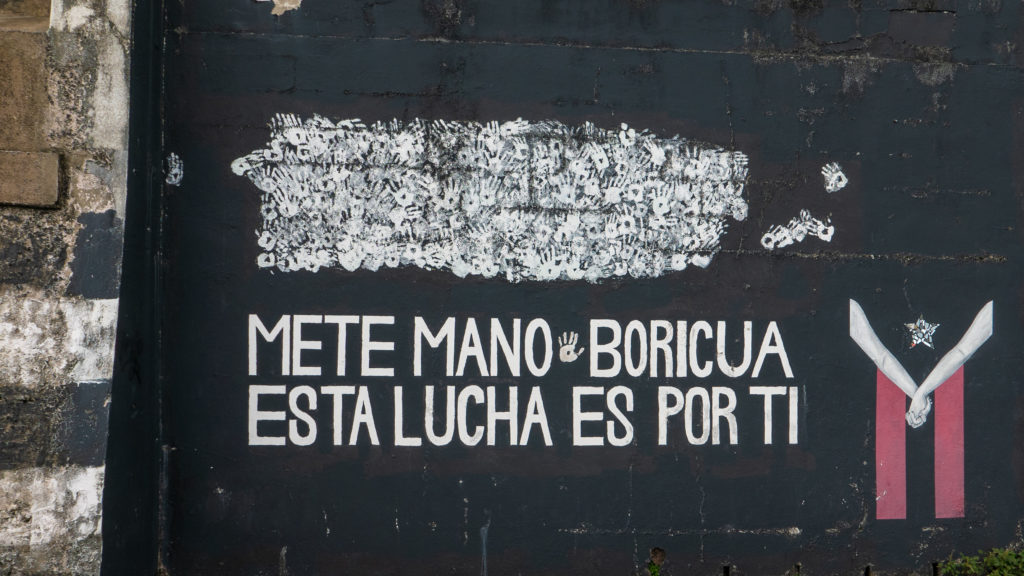
The text below says “Get up! Stir up! Resist! Do as the cornered bull: bray! Or like the bull that does not bray: charge!” It comes from a famous poem called “En La Brecha” (Into the Breach) by the Puerto Rican poet-lawyer-activist Jose de Diego.
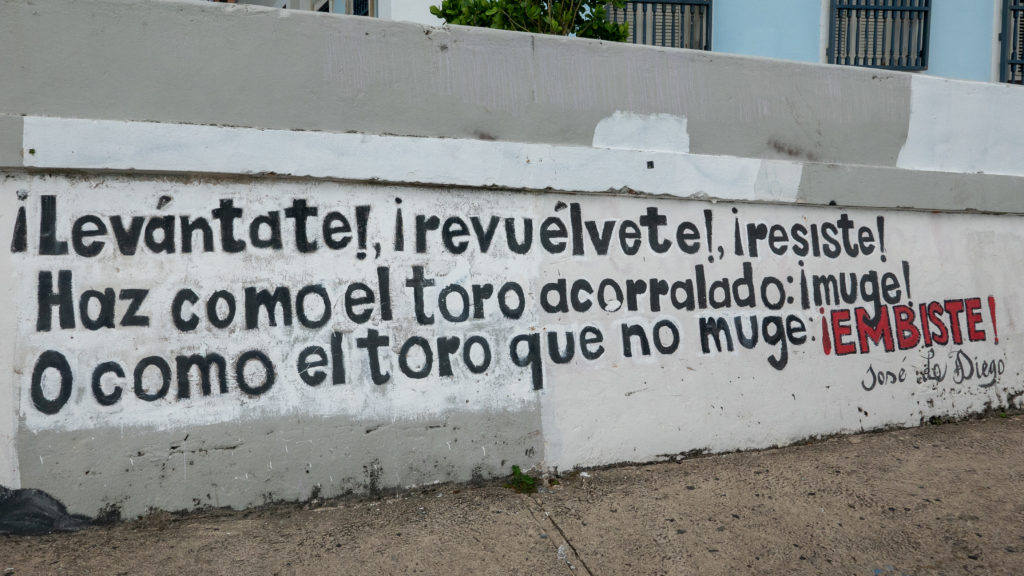
The spirit of resistance is alive and well here in Puerto Rico. Think of it: three million people who are subject to the laws of the federal government and yet have no voting members of Congress or the Senate and who cannot vote in general presidential elections. Who lost over 4,000 of their neighbors, friends, and family members in Hurricane Maria and suffered economic damages equivalent to a full year of the island’s GDP, and who were tossed a roll of paper towels by the President of the United States. It’s amazing to me that the people here aren’t marching in the streets every day.
